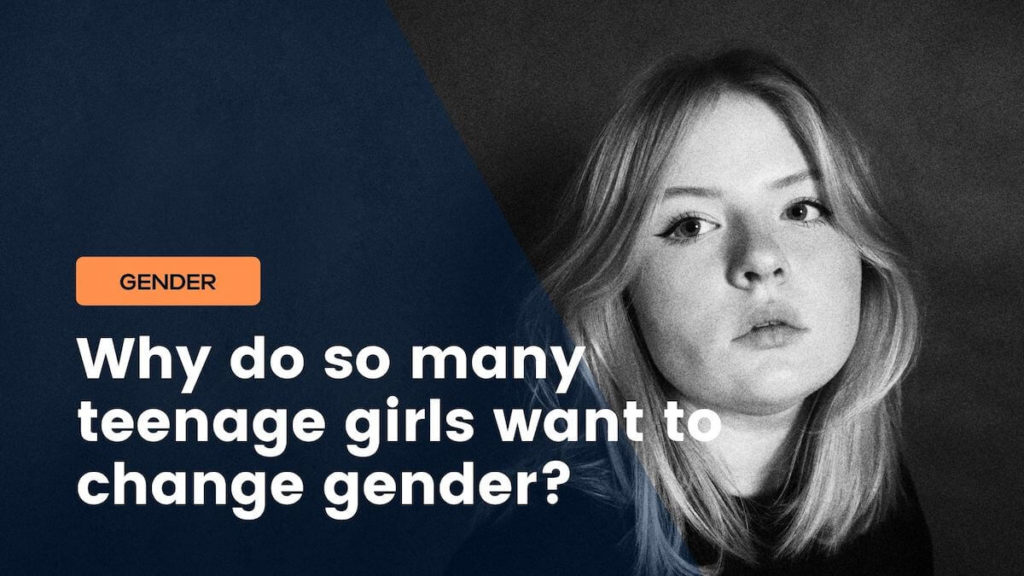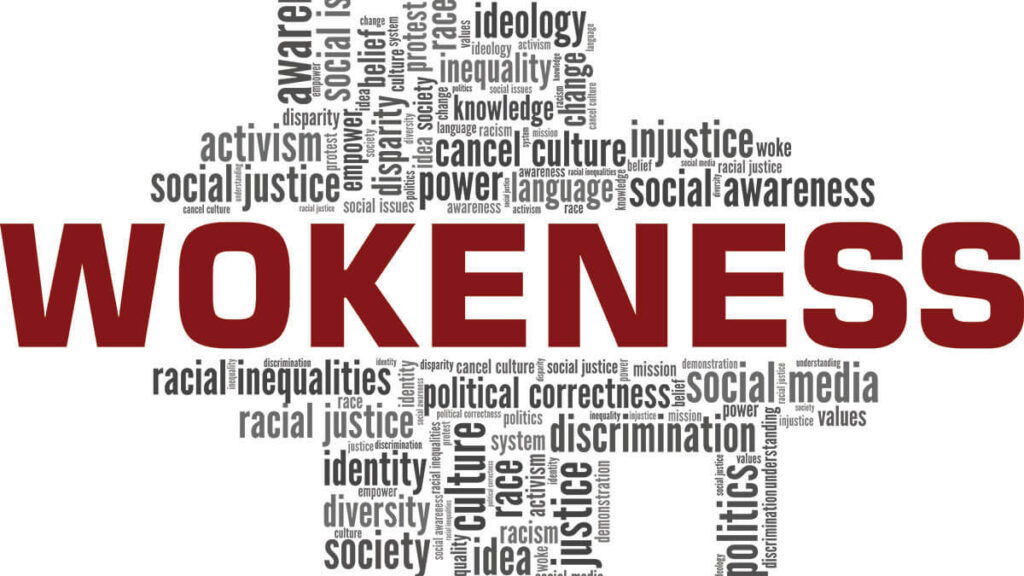As our Government seeks to ban ‘Conversion Therapy’, while at the same time supporting the use of puberty blockers and gender reassignment surgery, we need to question the motives behind this and also the effects on family and society. There is yet more disturbing evidence of an extraordinary increase in teenagers seeking gender transition, and state organisations are seemingly encouraging this. Here are some extracts from an article in Prospect, exposing the rapid rise in teen gender transitioning taking place in the UK. Let us learn from mistakes being made overseas, before it’s too late here in NZ.
Extracts taken from the article ‘Why do so many teenage girls want to change gender?’, published in Prospect. Link to the full article at the bottom of this post.
Transsexuality is a talking point like never before, and a glance at the figures sheds some light on why. The number of children, in particular, being referred to the Tavistock and Portman Foundation Trust’s gender identity development service (Gids)—the NHS service through which all UK candidates for a sex change under 18 are funnelled—is up from 77 in 2009 to 2,590 in 2018-9. But what’s almost as dramatic as the headline numbers are developments in who is transitioning. In November 2017, the Guardian reported that 70 per cent of referrals were female. This was a surprising statistic because only 10 years previously the overall ratio had been more like 75 per cent males seeking to be female, and indeed it is still the gender traffic in that direction that dominates the increasingly noisy, divisive and panic-inflected debate.
Marcus Evans, a psychotherapist and former governor of the Tavistock and Portman NHS Foundation Trust, resigned in February 2019, citing an institutional rush to prescribe puberty-blocking hormone treatment to children questioning their gender and who may wish to transition.
“The Tavistock is behaving recklessly with these kids who are in a distressed state,” he claims.
What’s especially odd about the alleged rush to prescribe rather than consider alternatives, he argues, is that this clinic’s international reputation was built on the quality of its talking therapy.
“Over the last five to 10 years there has been a complete change in the profile of the people presenting,” says Evans. “These children believe that they are in the wrong body and they are very persistent and forceful in saying that they want a solution—and that that is physical intervention. But I’ve been in psychiatry for 40 years and when people are in a distressed state they often narrow things down and fix on one thing as a solution, putting pressure on clinicians for a magic bullet.”
An American academic, Lisa Littman, encountered strenuous opposition when she published an article that coined the term “rapid onset gender dysphoria.” She lost a consultancy job, though remained an assistant professor at Brown University School of Public Health. Littman identified knots of socially-awkward girls drawn together in online chat rooms who reinforced each other’s self-diagnosis of being transgender before presenting to medical professionals. She had been led there by research involving the parents of some of these children, who had mentioned that their offspring had friends who also identified as transgender. (The US is experiencing a similar shift towards female transitioners, as are Finland, Canada and the Netherlands among others.) Along with Marcus Evans, Littman has pointed to a high incidence of autism and eating disorders among the same patients who present as trans. That observation raises some obvious questions about the narrowness of an approach that fixates on hormonal treatment for gender dysphoria.#
We encourage you to read the full article here.
We also encourage you to learn more about the ‘conversion therapy’ ban being proposed by our own government: http://freetolive.nz/conversion-therapy-ban/
You can pushback by making a submission, opposing the ‘Conversion Therapy’ ban: http://freetolive.nz/submission/




